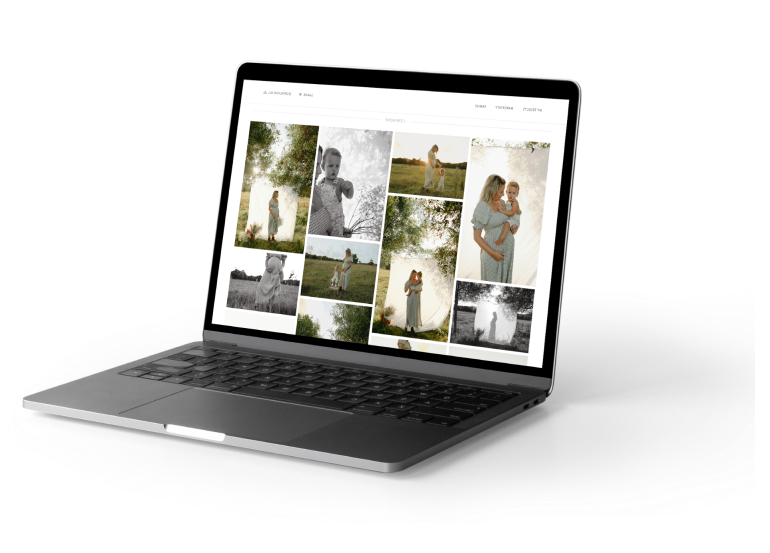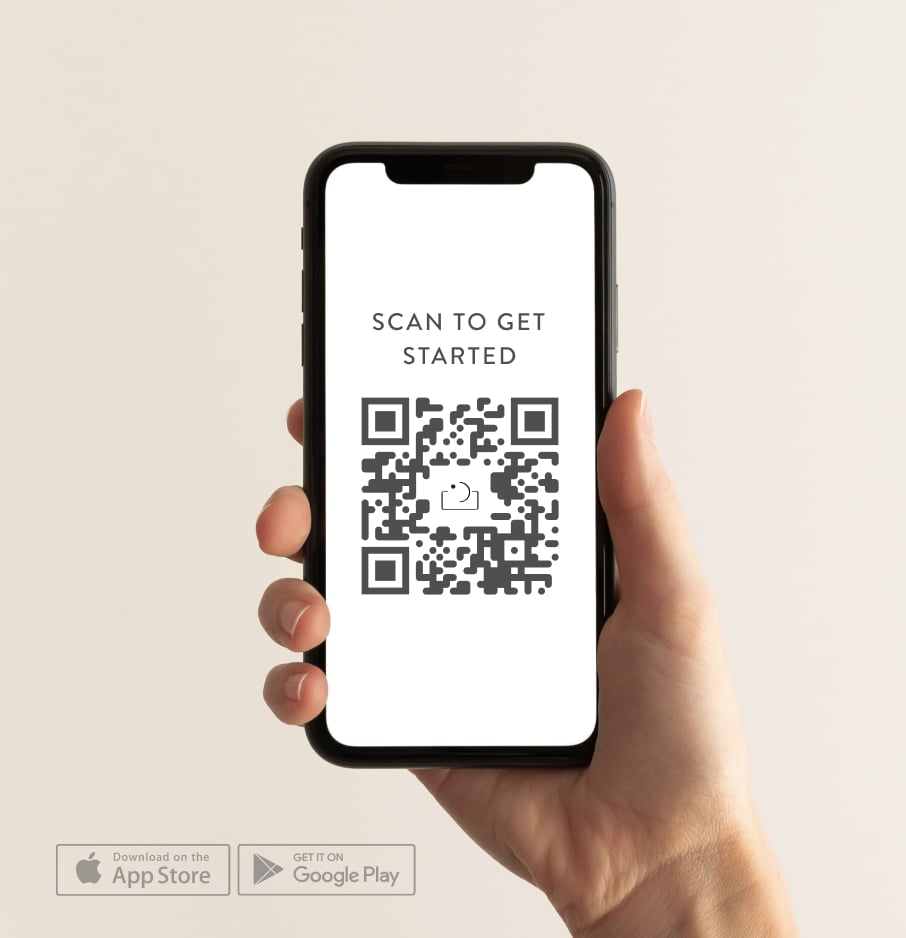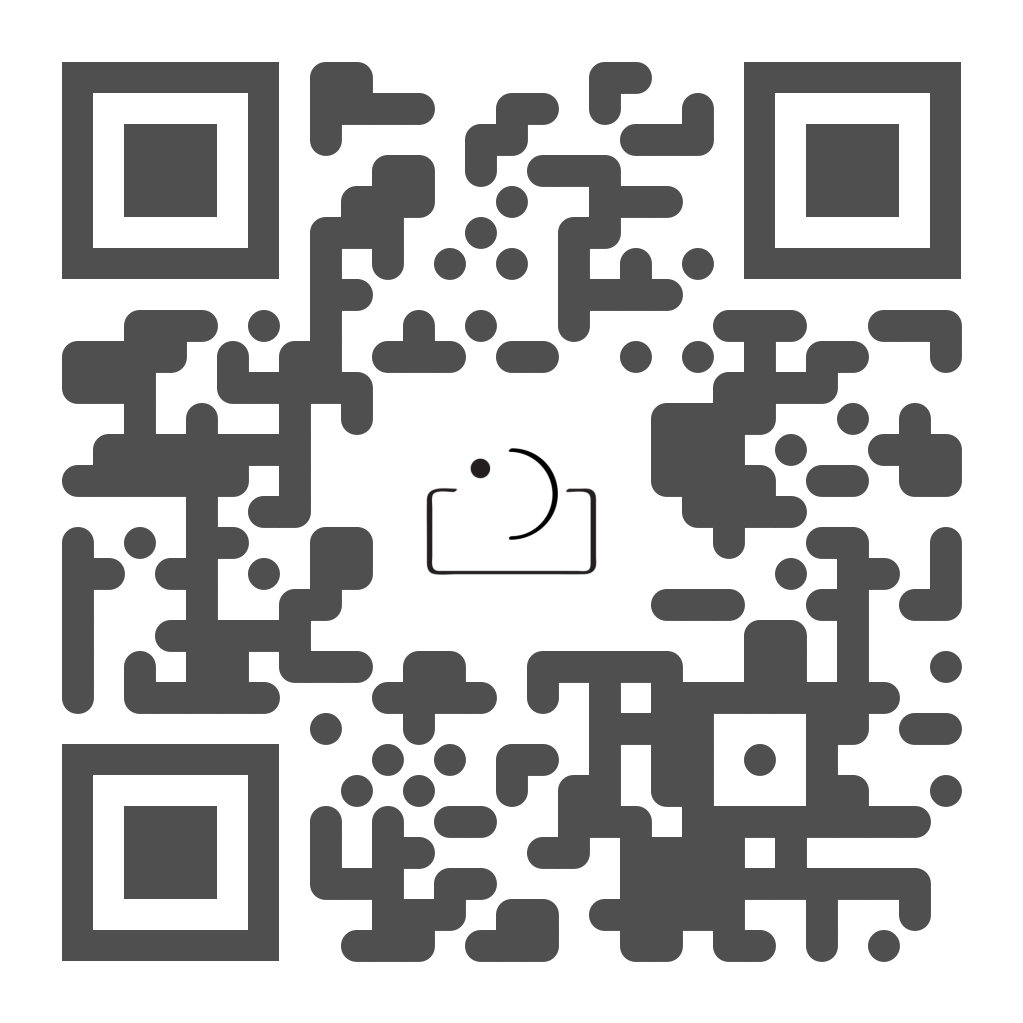Written by Devon Dadoly Co-Founder and Photographer, Manifold Studios
My Instagram account is filled with posts about my body journey. It’s a long one that includes not only disordered eating, but precarious sexual situations, and a deep dive into alcoholism followed by an honest and radical recovery. Photographing it, writing about it and talking about it are the ways that I choose to work through my body trauma, and more recently, I’m seeing that my work is an outlet and healing space for others in trauma recovery too.
There was a period of time when I didn’t pay attention to my body and let various medications and alcohol let it run its course over me. With that my body grew larger, softer, and slower without me even noticing. I never quite felt like I belonged in, was one with, or even knew how to control my body. I spent so much time looking to escape, that making a connection with myself became my last priority. And as I began to dive deeper into my recovery, I started to photograph my fat body in the way that thin women photographed theirs- unclothed and deserving. The more I shared, the more power I felt. And then others wanted me to photograph their bodies too. Maybe it was because I was fat, maybe it's because I was outspoken about my recovery, or maybe it's my insanely grounded Virgo energy, but people felt safe with me. After photographing boudoir for a few years, I had built a nice little niche business in the way that most of my clients were in recovery from eating disorders, addiction, or mental illness.

This might seem obvious, but I'm not a medical professional or a mental health care provider. However, my job does require similar expectations of me by my clients - my undivided attention in the face of their vulnerability, and a level of intimacy that doesn't happen often between two strangers. I knew that if I wanted clients to feel safe with me at their most vulnerable, in various stages of undress, I had to be solid in providing that safety. It brought on a new sense of responsibility for me to provide a type of care for my clients that I was already implementing but didn't understand yet: Trauma-Informed Boudoir Photography.
This took me a while to articulate, but the intent of working with a trauma-informed lens is not to heal, change, or “fix” my clients, but to reduce the probability of re-traumatization. Being photographed is a vulnerable experience, no matter the subject’s background, and because trauma manifests differently for each individual, it can be difficult to spot. My job is to be as prepared as possible by tuning into the principles of Trauma-Informed Care and applying it to my work.
With my studio's commitment to being a safer space for all bodies comes a responsibility to implement principles of Trauma-Informed Care and develop a paradigm surrounding these principles. My personal paradigm stems from SAMHSA's Six Key Principles of Trauma Informed Care. A Trauma-Informed Paradigm cannot exist unless all of the principles of Trauma-Informed Care (see below), are being used. Each of these principles can work together and individually. For that reason, some examples may appear more than once below. Please keep in mind that these lists are not comprehensive and should be used merely as inspiration to nourish and grow individual paradigms. Each person’s paradigm will look different depending on their personal values, social location, access to spaces, equipment, and the needs of the audience they are serving.
1. Safety
- Providing a welcoming, inclusive space for clients
- Maintaining constant (checking in, etc.) communication throughout the session
- Communicating with the client regularly before the session to make sure all of their questions are answered
- Practicing consent EVERY TIME before making physical contact with a client
2. Trustworthiness and transparency
- Regularly showing my face on social media and client communications
- Providing images of the studio
- Explaining the process and the flow of the session
- Regularly communicating my next move during the session
- Practicing Consent
3. Peer support
- Using encouraging and affirming language
- Checking in regularly on comfort level (physical and emotional)


4. Collaboration and mutuality
- Checking in several times throughout the session
- Client questionnaires
- Gathering inspiration (pinterest and music)
- Providing the client with opportunities to give us feedback.
5. Empowerment, voice and choice
- Giving the client power to voice any issues or desires they have during the session
5. Cultural, historical, and gender issues
- Consistently acknowledge shortcomings and privileges relating to your lived experience and use it as a motivator for your education.
- Educate yourself on issues surrounding cultural, historical and gender issues, especially as they relate to the communities we desire to serve.
For the last year, I’ve been developing and facilitating workshops and curriculum for other photographers who want to learn more about Trauma-Informed Photography. Follow me on Instagram for updates on upcoming workshops.
About devon
Devon Dadoly (she/they) is a body justice activist and multidisciplinary artist who specializes in body and fat positive boudoir photography. She is co-founder of Manifold Studios, and an outspoken advocate for the fat acceptance movement, destigmatizing addiction, and uses a trauma-informed approach when working with clients. Devon has over 7 years of experience working with and photographing folks in recovery from addiction, sexual trauma and eating disorders.
Conclusion
It’s a tough gig, continuously diving into the deep waters of activism, recovery, and self-acceptance, but Devon does it so gracefully that it encourages us to dive right in after her. We feel encouraged to keep on educating ourselves on issues surrounding cultural, historical, and gender issues and we’ll forever be inspired by these leaders in our communities who can help us be better at supporting one another.

coffee a week. Use code:
lead your photography
sessions with confidence.




